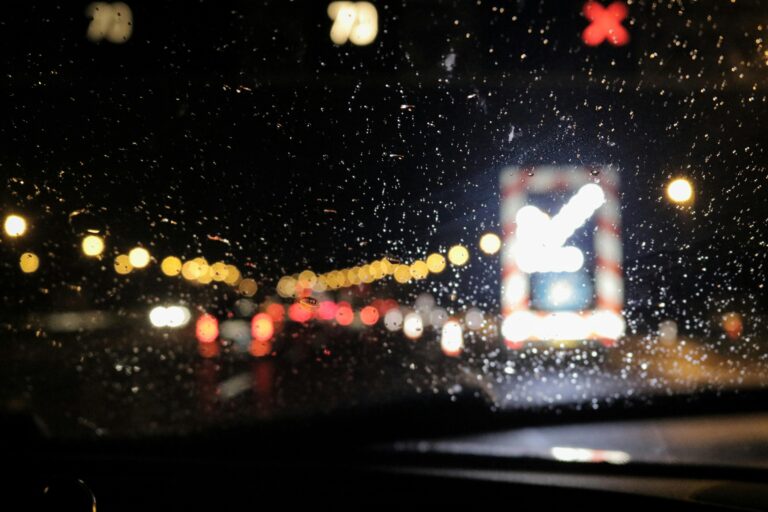Why a Cracked Windshield is More Than Just an Eyesore
Your windshield is a crucial structural component of your vehicle, not just a barrier against wind and debris. When your airbag deploys during a collision, it relies on the windshield to provide a backstop, directing the airbag toward passengers. A compromised windshield can reduce the airbag’s effectiveness by up to 30%. In rollover accidents, your windshield helps prevent the roof from collapsing. Studies show that a properly installed, intact windshield can prevent roof collapse and ejection, two of the deadliest outcomes in serious accidents. Beyond safety, there are legal considerations. Most states have laws about windshield damage, especially cracks in the driver’s line of sight. You could face fines or fail your vehicle inspection if the damage is too severe.The Hidden Costs of Ignoring Windshield Damage
Many drivers see a small chip and think, “I’ll deal with it later.” But windshield damage doesn’t stay put. Temperature changes, road vibrations, and driving stress cause cracks to spread quickly. A chip that could be repaired for $50 to $100 today might require a full replacement costing $300 to $1,000 next month. Some insurance companies won’t cover spreading cracks the same way they cover immediate damage. If you wait too long, your insurer might argue the damage worsened due to neglect, leaving you to foot the entire bill. Water damage is another concern. Cracks allow moisture to seep between glass layers, causing clouding and further weakening the structure. Once moisture gets in, repairs become impossible.When to Repair vs. When to Replace
Not all windshield damage requires replacement. Understanding the difference can save you significant money. Repairable damage:- Chips smaller than a quarter
- Cracks shorter than three inches
- Damage at least three inches from the edge
- Surface damage that hasn’t penetrated the inner layer
- Cracks longer than three inches
- Multiple cracks or chips
- Damage in the driver’s direct line of vision
- Deep chips penetrating multiple layers
- Edge cracks compromising structural integrity
How Insurance Can Cover Your Costs
Many insurance policies cover windshield repairs without requiring you to pay a deductible. Insurers know that covering a $100 repair now prevents a $500 replacement claim later. If you have comprehensive coverage, you’re likely covered for windshield damage from road debris, falling objects, weather events, and vandalism. Many states have zero-deductible windshield repair laws where insurers must waive deductibles for repairs. Filing a comprehensive claim for windshield damage typically won’t raise your rates the way an at-fault collision claim would. Comprehensive claims are considered no-fault incidents.Finding Affordable Solutions Without Compromising Quality
When you need windshield work, quality matters. A poorly installed windshield can leak, create wind noise, or fail during an accident. But quality doesn’t have to mean expensive. Start by getting multiple quotes. Prices vary significantly between shops. If you’re in the Phoenix area and searching for Windshield Replacement Near Me, local providers like High-Tech Auto Glass offer competitive pricing with certified technicians who ensure proper installation. Ask about mobile service. Many companies offer mobile repairs where technicians come to your home or workplace at no extra cost. This is especially valuable in hot climates like Phoenix, AZ, where minimizing sun exposure during installation matters. Consider aftermarket glass versus OEM (Original Equipment Manufacturer) glass. Quality aftermarket glass meets the same safety standards and can save you 20 to 30 percent, while OEM glass matches your original windshield exactly. Always verify the shop’s credentials. Look for certifications from organizations like the Auto Glass Safety Council (AGSC) to ensure proper installation procedures.Preventing Future Windshield Damage
Once you’ve dealt with windshield repair or replacement, take steps to reduce future risk:- Maintain proper following distance, especially behind trucks and construction vehicles
- Avoid temperature extremes by starting with low defroster heat and gradually increasing it
- Address chips immediately before they spread
- Replace worn wiper blades every six to twelve months to prevent scratches
- Park in covered areas when possible to protect from hail and falling debris




